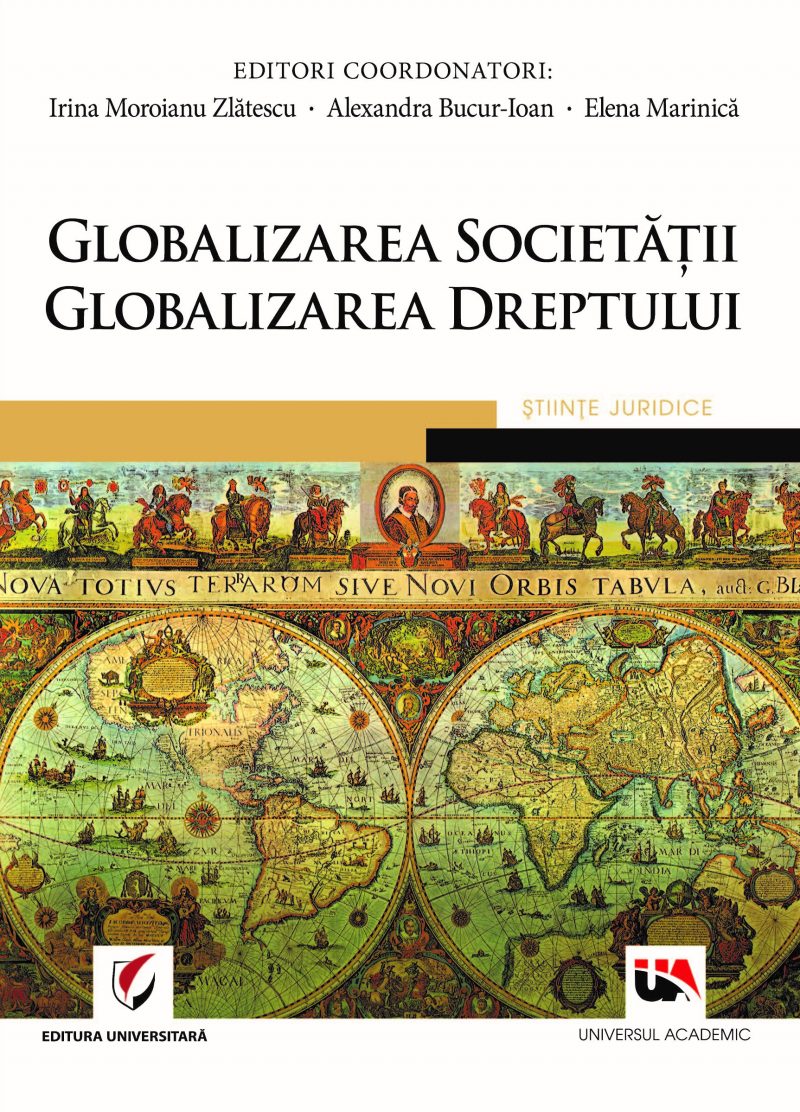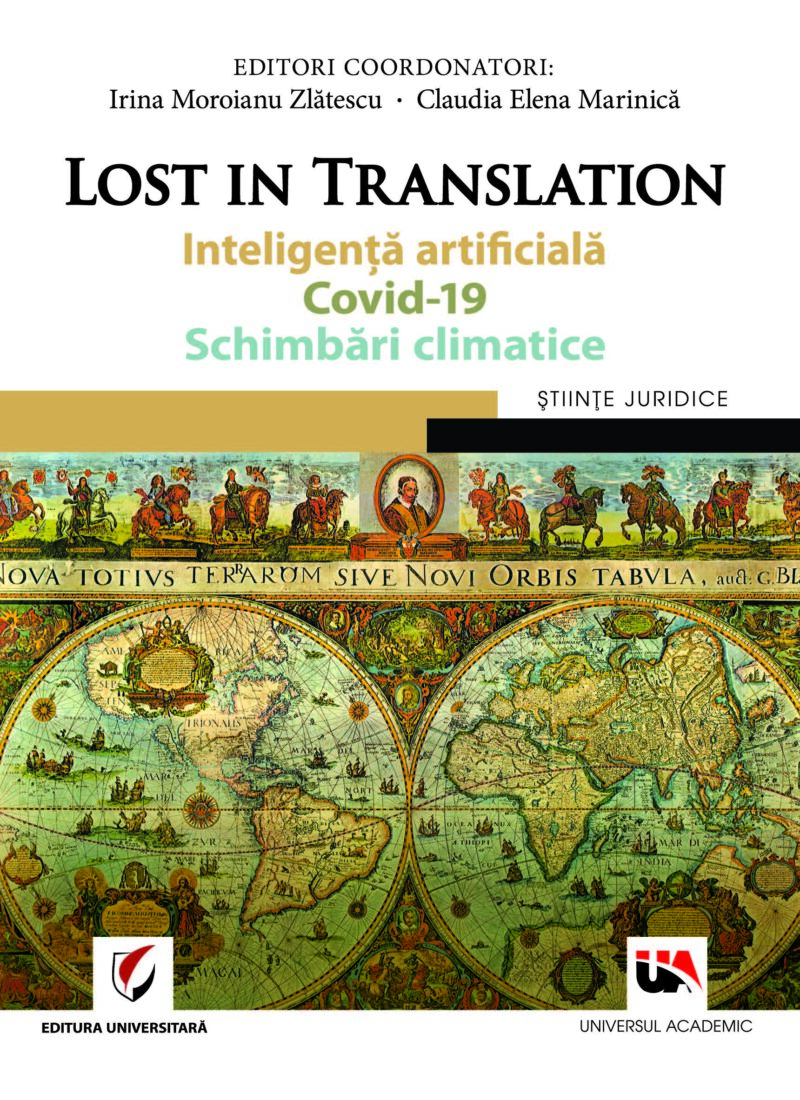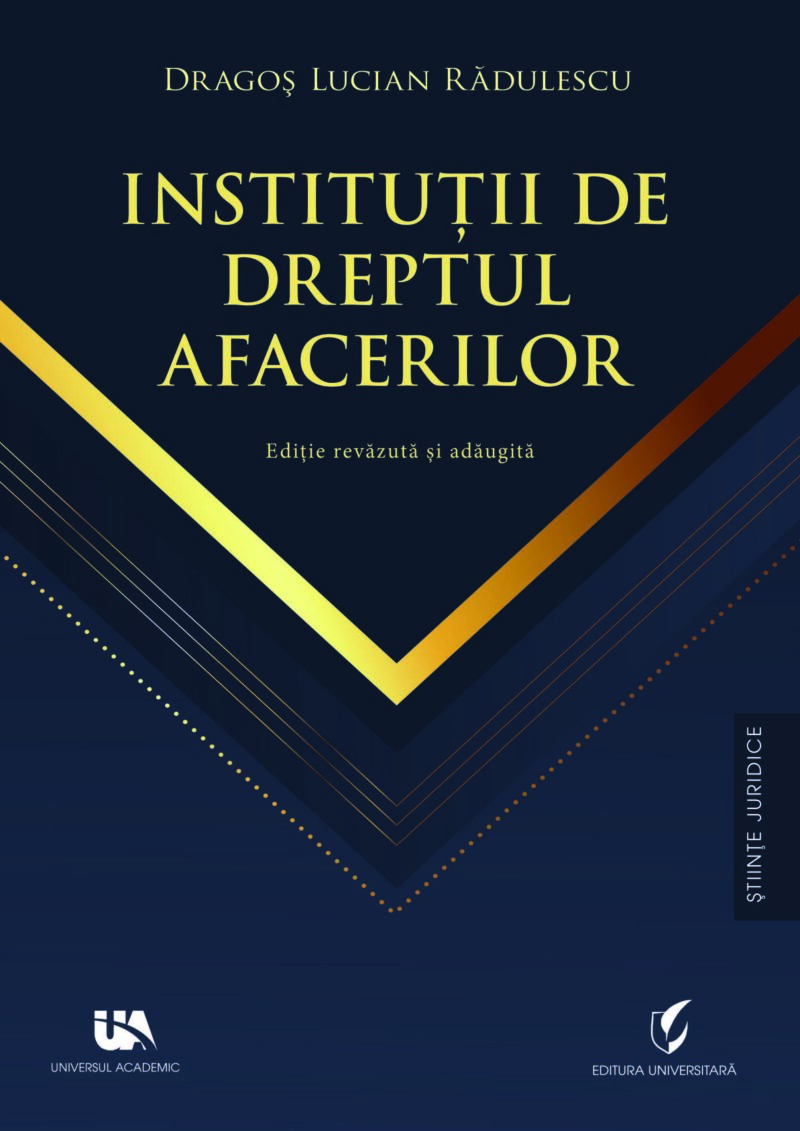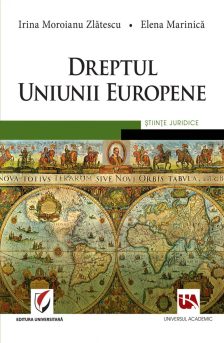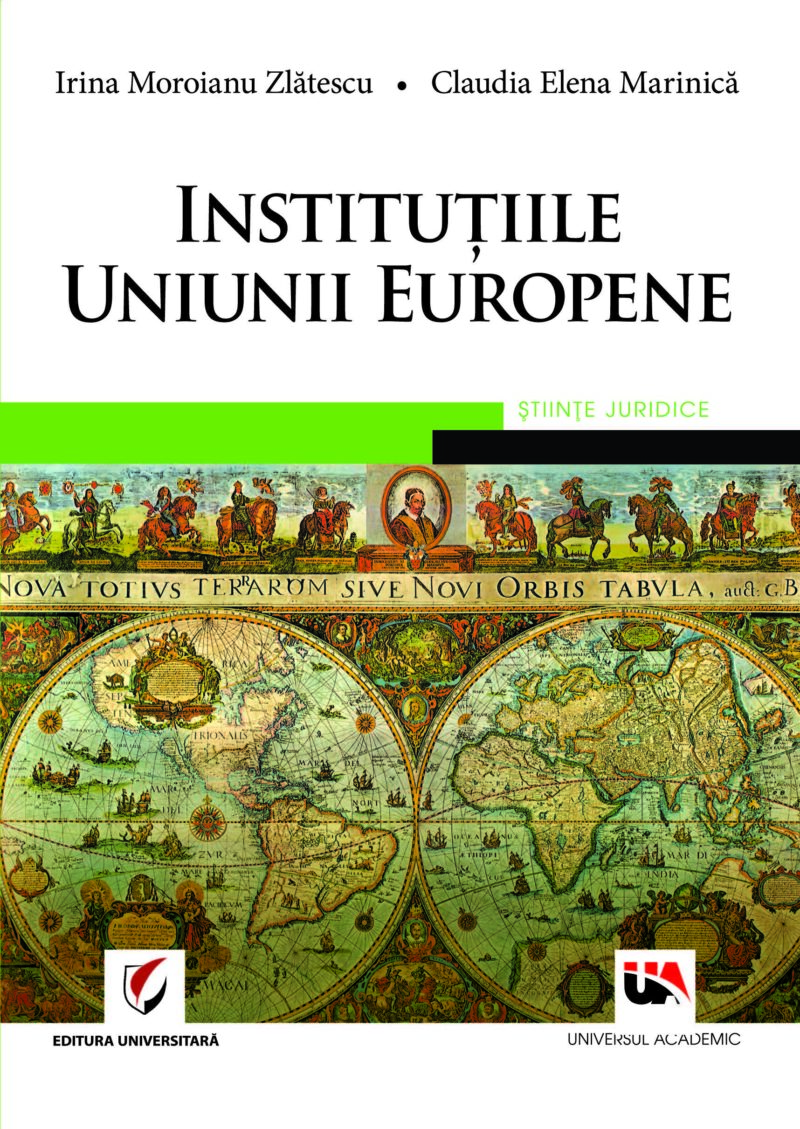MIGRANTS, ASYLUM SEEKERS AND REFUGEES IN A GLOBALISED WORLD
28,00 lei
Informații suplimentare
| Autor | Alexandra Bucur-Ioan, Petru Emanuel ZLĂTESCU, Irina Moroianu Zlatescu |
|---|---|
| Pagini | 138 |
| Format | 14.5×20 |
| ISBN | 978-606-28-0962-1, 978-606-9062-25-8 |
| Data aparitiei | iulie 2019 |
Descriere
Since antiquity to present, people’s mobility has produced important changes in society. The phenomenon, known as generic migration, is influenced by a complex of political, economic, social, cultural factors, both in the countries of origin and in the destination countries. Migration is generally determined by wars, natural disasters, radical climate change or economic, social and cultural reasons. It also reflects the dysfunctionality of society1.
The term “asylum seeker” is sometimes confused with the term “refugee” or “immigrant”. The asylum seeker is the individual (alien or stateless) who has expressed his wish to be admitted to the territory of a state as a refugee, while he is awaiting the decision on his application.
If the phenomenon occurs due to serious violations of human rights on the basis of criteria laid down in international law, in particular the 1951 United Nations Convention relating to the Status of Refugees, which was competed with The Protocol relating to the Status of Refugees of the Status in 1967, they are refugees. Thus, the development of international law on the protection of refugees began in the twentieth century at the initiative League of Nations. The Protocol has extended its scope and eliminated geographical limitations, with the Convention initially regulating the protection of European refugees. This document has lasted over time, being today the main international legal instrument for refugee protection. In 1991, Romania ratified the UN Convention (1951) and the Protocol on the Status of Refugees (1967).
Also, as a result of the New York Declaration on Refugees and Migrants from 20161, a multilateral negotiation process has been implemented with the support of Switzerland and Mexic to reach Resolution2 on the World Migration Pact in parallel with a World Pact on Refugees. On 10 and 11 December 2018, the Intergovernmental Conference on the Global Compact for Safe, Orderly and Regular Migrations took place, so the Marrakech Pact of 160 States was adopted. In the absence of a consensus within the UN General Assembly, with all its efforts, the World Pact in Marrakech was put to the vote and was adopted3, with 152 votes in favour. Also, in the same context, the UNHCR’s Refugee World Pact for Refugees was voted4 with 181 votes in favour. Thus, at present, there is a global conceptual framework of a systematic nature, which will favour the cooperation between states.


